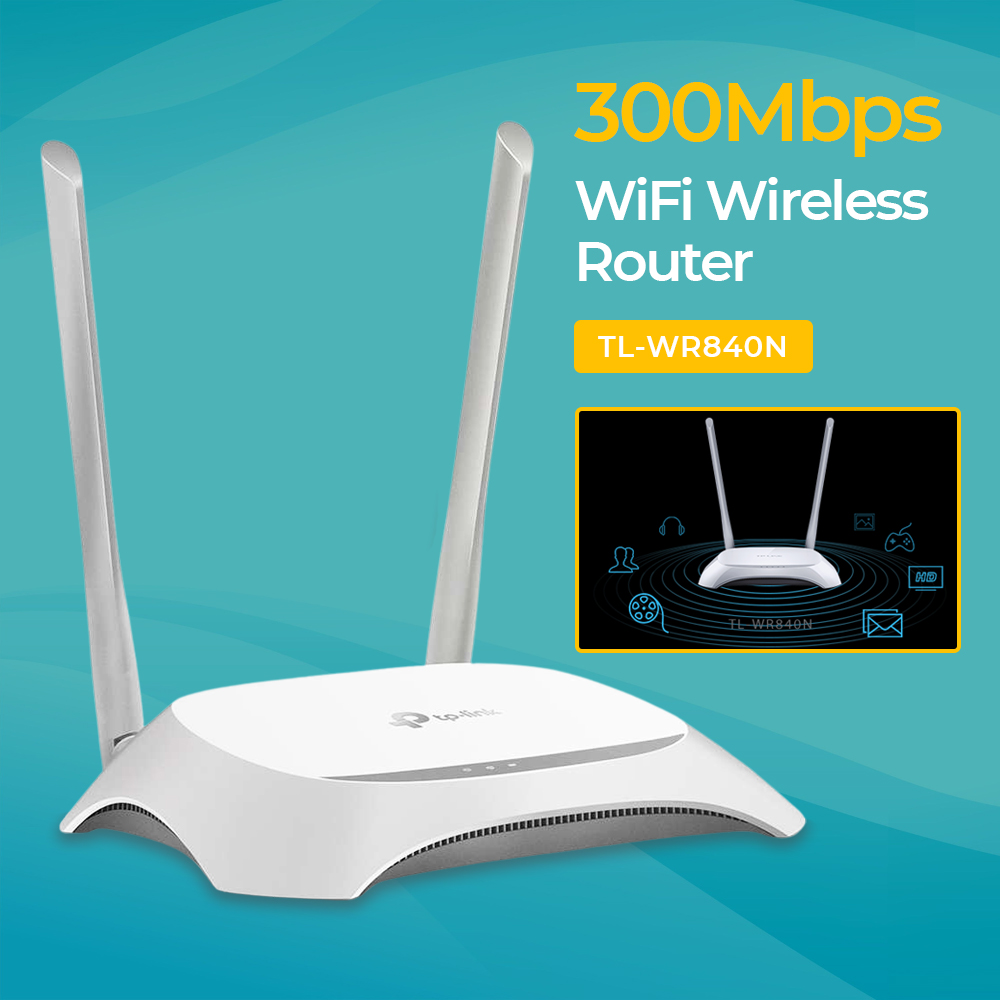In the late 19th century, Scottish physicist James Clerk Maxwell demonstrated that electricity and magnetism are two aspects of a single force, electromagnetic radiation. This discovery paved the way for the development of wireless communication.
Wireless technology uses electromagnetic radiation to transmit information over long distances without the use of wires or cables. The most common form of wireless communication is radio, which was first used for maritime communications in the late 19th century. Radio waves are a type of electromagnetic radiation with wavelengths ranging from about 10 meters to 1 millimeter.
Radio waves were first put to practical use by Italian inventor Guglielmo Marconi, who developed a system for wireless telegraphy (the transmission of Morse code messages without the use of wires). Marconi’s system was used extensively during World War I for battlefield communications. In the early 20th century, radio became widely used for civilian purposes such as broadcasting and two-way voice communication.
The development of electronic devices such as transistors and integrated circuits in the mid-20th century led to the miniaturization of radio components and the development of portable radios and handheld two-way radios (walkie-talkies). The invention of cellular technology in the 1970s made it possible to transmit data wirelessly over large geographical areas using a network of base stations. Cellular networks are now widely used for voice and data communications worldwide.
The term “wireless” can also refer to other forms of electromagnetic radiation such as infrared (IR) and ultraviolet (UV) light, which are outside the visible spectrum. IR systems are used extensively for remote control applications such as TV remotes, garage door openers, and burglar alarms. UV light is used in some disinfection and water purification systems.


